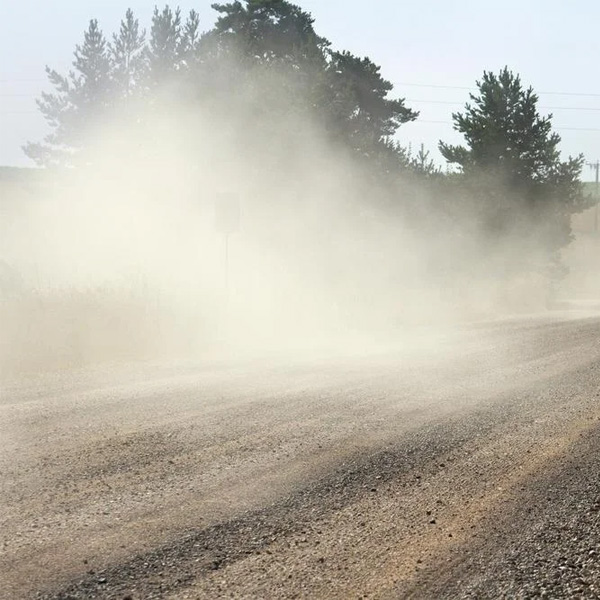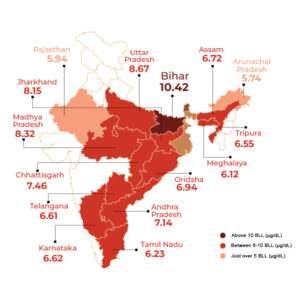Description
Street dust of Korba, Chhattisgarh, an urban industrial hub in one of India’s major coal mining areas, has been analysed for profiling and sourcing of Pb and other potentially toxic elements (PTEs). Lead isotopic ratio of dust, coal, diesel, fly ash and human blood of Korba is being reported for the first time in this study. The mean concentrations (in mg/kg) of Al, V, Cr, Fe, Mn, Ni, Cu, Zn, Cd and Pb were higher than World Background soil and Reference soil USA values and decreased in the order of Al (17000) > Fe (7550) > Mn (2740) > Cr (833) > Ni (571) > Zn (231) > Cu (152) > V (145) > Pb (98.6) > U (7.9) > Cd (1.34). About 25% of the sampled dust had Pb Igeo belonging to class IV category of heavy contamination. Dust from industrial areas was highly enriched with Cr, Cu, Pb and Mn, while those from coal mining areas had high mean V concentration. Principal component analysis extracted Al, Fe, Mn, Zn, Pb and U with the highest loading factors in Component 1 indicative of their lithogenic and anthropogenic sources. The lead isotopic ratios of the dust, coal, diesel, fly ash and eight human blood samples clustered linearly in the 207Pb/204Pb vs 208Pb/204Pb and 206Pb/204Pb vs 208Pb/204Pb plots. Airborne lead deposition from diesel-based traffic exhausts and fly ash contributed to the human blood lead level besides coal mining activities. Geospatially, while Pb was mainly concentrated in the residential, industrial and coal-mining areas, Zn and Mn were mainly distributed in the roadside areas of industrial centres.



